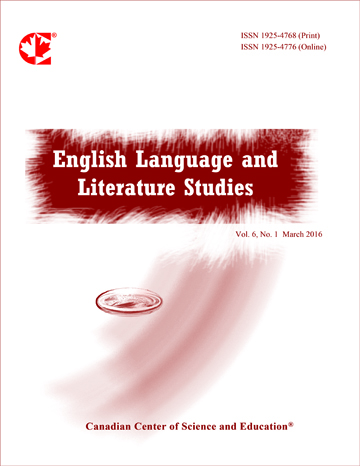Animal Vision and Life Consciousness—‘Horse’ in D. H. Lawrence’s 1920s Short Stories
- Xinzhe You
Abstract
D. H. Lawrence is seeking for the consciousness of life throughout his lifelong creation; he resorts to animals that bear closer connections with nature mainly in the 1920s. Based on three short stories which mention ‘horse’ in the title, “The Horse-dealer’s daughter” (1922), “The Woman Who Rode Away” (1925) and “The Rocking-horse Winner” (1926), this essay illustrates how horses function as Lawrence’s pastoral ideal, pursuit for the primitive and shape of humanity. From the background that represents the past agricultural lifestyle to a life vehicle that carries the woman to freedom, and finally to a symbol with fantasy that mirrors crises in human relations, Lawrence’s deepening attention towards the ‘horse’ belabors his life pursuit of the primitive and balances between the binary oppositions of animality and humanity, finding for modern people a way out of distortions under industrialization and civilization.
- Full Text:
 PDF
PDF
- DOI:10.5539/ells.v11n2p78
